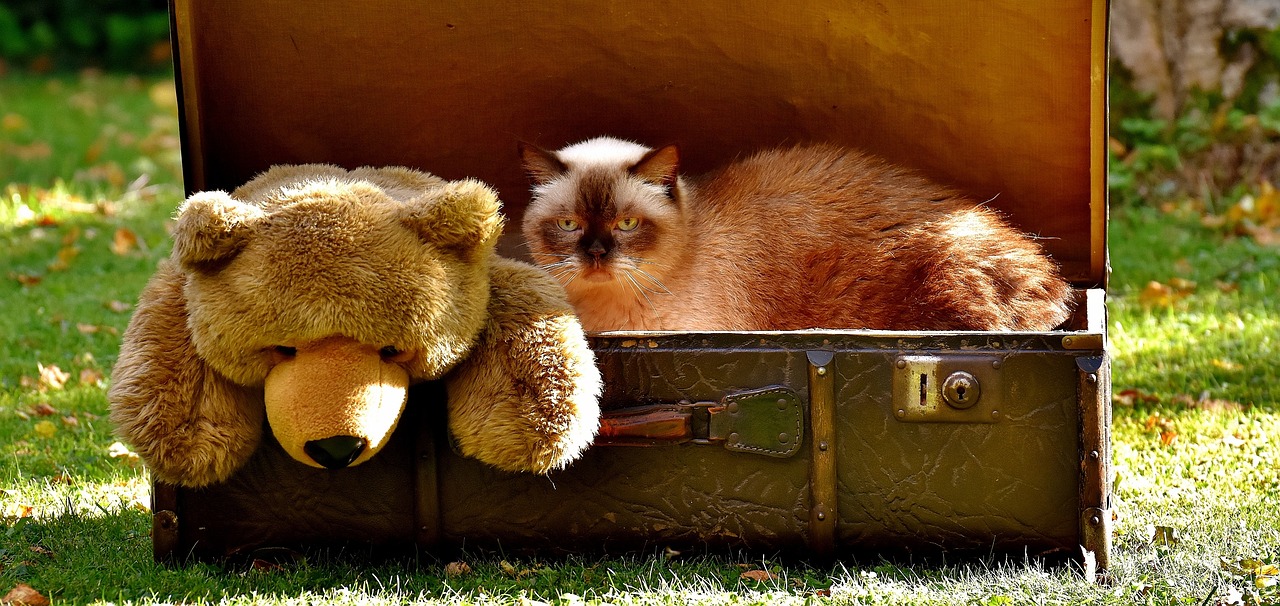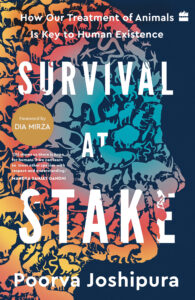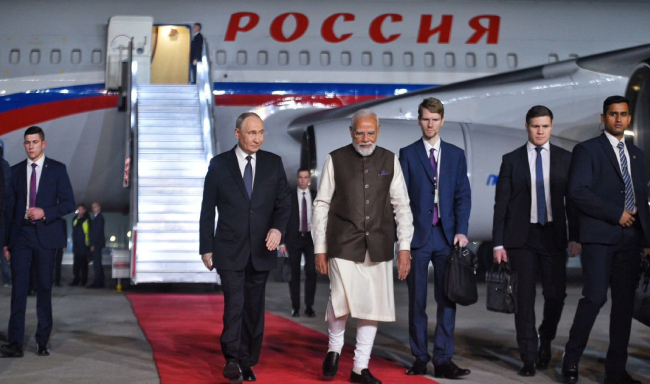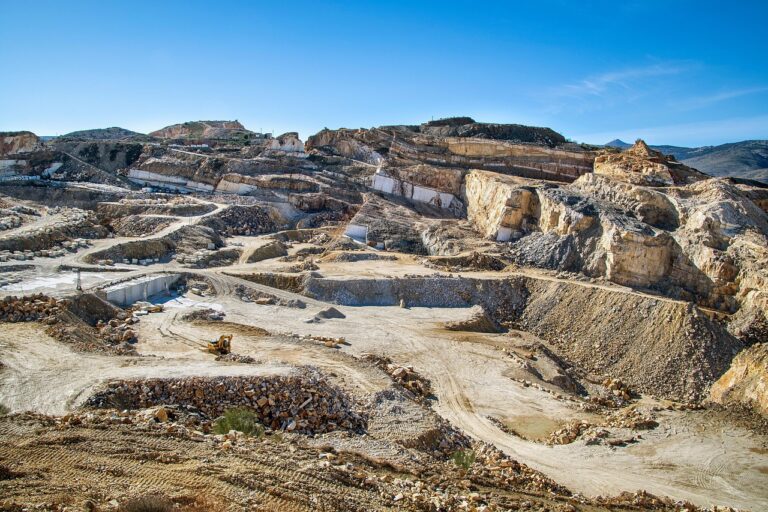
Literary Speaking: Don’t skin animals alive for leather

We need to treat animals the way that we would want to be treated. If we start doing that then we will automatically start to address climate change, the pandemics, and so on that are linked to our current treatment of animals and start reversing these damaging trends, says Poorva Joshipura, animal rights activist and author.
Poorva paints a grim picture of the treatment of animals in various industries like food and clothing. “They are forced to live in cramped conditions in small cages, their throats are slit, they are skinned alive for leather and essentially shredded for wool, they are hunted for traditional medicine and are farmed. We humans capture and breed sensitive monkeys for testing of cosmetics and medicines,” she elaborates.
 A detailed account is contained in her riveting book ‘Survival at Stake: How Our Treatment of Animals Is Key to Human Existence’. Poorva is the senior vice president of International Affairs for People for the Ethical Treatment of Animals (PETA), where she has worked in various capacities for the past 25 years. She is also the former CEO of PETA India and has been part of the Animal Welfare Board of India. Poorva’s work in stopping cruelty to animals has got her many awards.
A detailed account is contained in her riveting book ‘Survival at Stake: How Our Treatment of Animals Is Key to Human Existence’. Poorva is the senior vice president of International Affairs for People for the Ethical Treatment of Animals (PETA), where she has worked in various capacities for the past 25 years. She is also the former CEO of PETA India and has been part of the Animal Welfare Board of India. Poorva’s work in stopping cruelty to animals has got her many awards.
“I have personally conducted investigations in many locations around the world. I have seen how animals are transported to slaughterhouses, I have been inside laboratories, I have also overseen other investigations that my colleagues have done on factory farms, and you know everything ranging from the use of bulls for spectacles like ‘jallikattu’ to animals in circuses,” she clarifies.
“Many people do not realize that the cruelty shown to animals is linked to the well-being of humans. That’s the gap in understanding my book seeks to fill,” she adds.
Giving an example of how human well-being is at stake because of the poor treatment of animals, Poorva states that COVID-19 is largely thought to have first infected humans at a ‘live’ animal market. Live animal markets are where animals are brought for sale from various locations. “These types of wildlife markets exist in China, India, and in many parts of Africa and South America. Wild animals from a huge variety of species are brought here, some are caught in the wild, others are raised on farms, and they are all crammed into trucks. By the time they arrive many of them are broken, bloodied, wounded, diseased, or sick. They are put in cages on top of each other and kept in their own waste, in their own blood, with their bodily fluids mixing together, to be sold for their meat, fur, traditional medicine, skin, and even as pets. Being kept in such a state provides an opportunity for species that may never naturally meet to come together. It provides an opportunity for diseases to spread between animals and also for new diseases to emerge. So, COVID-19 is thought to have stemmed from something like that, just like SARS did some years before that,” she explains.
Poorva describes how other diseases like bird flu and swine flu are also thought to have come from keeping chickens or pigs in such severely crowded, and filthy conditions. In the book she has given an exhaustive account of how and why the world is facing such situations. According to her, the rising consumption of meat is the culprit in the food industry, with a meat eater today consuming, on average, double what was consumed 50 years ago. As a result over 70% of farmed animals, chickens, pigs, cows, and other animals are factory farmed,” she asserts.
“That is a whopping 64 billion land animals out of the over 92 billion that are used for food every year. And that is not even counting the trillions of fish consumed annually,” she says and adds that to meet this enormous demand, thousands of animals are confined to the smallest of cages, crates, or sheds in warehouses. “They are denied everything natural and important to them. For instance, chickens on egg farms are kept in what are called ‘battery cages’ that are so small that they cannot even spread a wing. And to keep animals alive in such conditions they are given antibiotics. Do you know that more antibiotics are used on animals than on humans today,” Poorva reveals.
“This overuse of drugs is contributing to developing strong super bugs and antibiotic resistance among humans. It is one of the biggest threats to global health. The World Health Organization has estimated that about 700,000 people lose their lives each year due to drug-resistant diseases. The overuse of antibiotics in the factory farming sector is one reason for that,” she states.
Referring to aquatic life, Poorva asserts that though there is a saying that there are plenty of fish in the sea, but there are not. They are fast disappearing. In the book, she talks a lot about whales who are important to the environment. “You know the biggest killing of whales happens due to ‘bycatch’. Bycatch is fish and marine life or even birds that are caught accidentally when fishermen are trying to target other species through the use of gigantic nets. They end up dragging up all the other animals that happened to find themselves in that net,” she says and adds that bycatch is considered the biggest killer of whales, surpassing the number of whales killed on deliberate hunting missions.
“Whales are nature’s climate activists because they absorb carbon. On average, a great whale absorbs 30 tons of carbon dioxide during their lifetime, while a tree in comparison absorbs 21 kilograms in a year. When a whale dies, he sinks to the ocean floor where the carbon gets stored and is removed from the atmosphere sometimes for hundreds of years. The International Monetary Fund says that one whale is worth thousands of trees. And if you try and monetize the splendid work a whale does in protecting our planet, then they are valued at about 2 million U.S. dollars. And that’s just one whale,” Poorva informs.
According to Poorva, the human race needs to change its habits. And many are doing so, even though they do not realize the link between saving animals and the environment and also our existence. “Several years ago, the United Nations put out a report that said a move toward vegan eating is necessary to fight the worst effects of climate change. And that is because about 1/5 of all human-caused greenhouse gas emissions come from the meat, egg, and dairy industry. The world’s top five meat companies’ emissions are estimated to be significantly larger than those of oil firms like Shell and BP. The dairy industry’s contribution to global human-induced emissions is higher than the share of aviation,” she maintains.
“One of the biggest reasons for that is the fact that cows, buffalo, sheep, and goats produce a lot of methane. To meet the enormous demand for meat, eggs, and dairy more animals are killed every year than eight times the human population there is on earth. So, when we are talking about such an enormous number of animals, who would not otherwise exist, we are talking about a large amount of methane being produced,” she conveys.
“To support these animals, large tracts of land are needed for factory farms to raise them and also to raise crops to feed them, Do you know that about 1/3 of all global cropland is being used for feeding these animals? Almost 45 per cent of the global surface area is now used for animal agriculture. And for what? Just a little bit of meat, eggs, and milk?” she asks.
In the book, Poorva deals with what happens to monkeys who are used in laboratories. “They are often stolen from their jungle homes, or they are bred. These are social species. We put them in cages in laboratories, we infect them with disease-like conditions, or we inject them with chemicals or force them to inhale something for experiments. Many of them go insane because of the trauma inflicted on them,” Poorva reveals.
But slowly, the world has started to move away from using animals in the laboratory towards more humane and human-relevant modern approaches to testing. Some of the new techniques Poorva talks about include the ‘tissue on a chip’ model that uses silicon chips with human cells that mimic human organs and organ systems. Other methods include screening robots and computer-based methods to study disease progression, drug metabolism, etc.
Talking about India, Poorva informs that cosmetic testing on animals is now banned. Similarly, testing of household products like that of detergents, is also seeing a shift. “Earlier, animals were used to train medical students, but now the training is being done through non-animal techniques. There is still a lot of use of animals in the laboratory, but PETA and other agencies are working to bring about a change,” she avers.
Poorva also draws attention to the fact that today a lot of choices are available for consumers that do not involve animal farming or testing at all. For example, vegan alternatives for meat and dairy products, and purses, belts, and other clothing made of vegan leather. The vegan alternatives are made from plants and foodstuffs that are grown in abundance in India like jackfruit, mushrooms, almonds or oats and moong Dal.
Oxford researchers say that a global switch to vegan eating could save 8.1 million human lives by 2050 and reduce greenhouse gas emissions by about 70%. “If this happens the world can avoid climate-related damages of 1.5 trillion U.S. dollars. So, we are talking about a huge, huge change just by making the individual choice to eat vegan. It is time the world woke up to it”, she adds.
To listen to the full interview, click the link below
Spotify
https://open.spotify.com/episode/17yIgH9Y1VAdKf6Vrn8Oun?si=aG6fpeO_SxuSZ_FkNlWKLw
Apple
https://podcasts.apple.com/in/podcast/books-and-us/id1688845897?i=1000640723923
*Senior journalist






